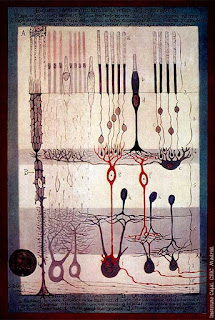Week 10: Summary
This course covered many valuable lessons in various fields of technology and their relationship with art and design. From language, math, to nano technology and space. I have never experienced a class that has such a variety of topics. As an artist and designer, I was always asked the question of "which field of design are you aiming for?" Reflecting on the span of this course, Desma 9 truly allowed students to get our feet wet and learn both the history and future of technologies and art. For me, the most valuable thing from this class is the exploration of "art" and knowing the potential possibilities of it in the future. I believe this course broadened my perspective as an artist, and it is rare to obtain from a class.


